How to Calculate and Improve Your PPC Conversion Rate
Looking to improve your PPC conversion rate? Here is how to calculate, evaluate, and increase your conversion rate with expert tips and best practices.
Updated November 6, 2024
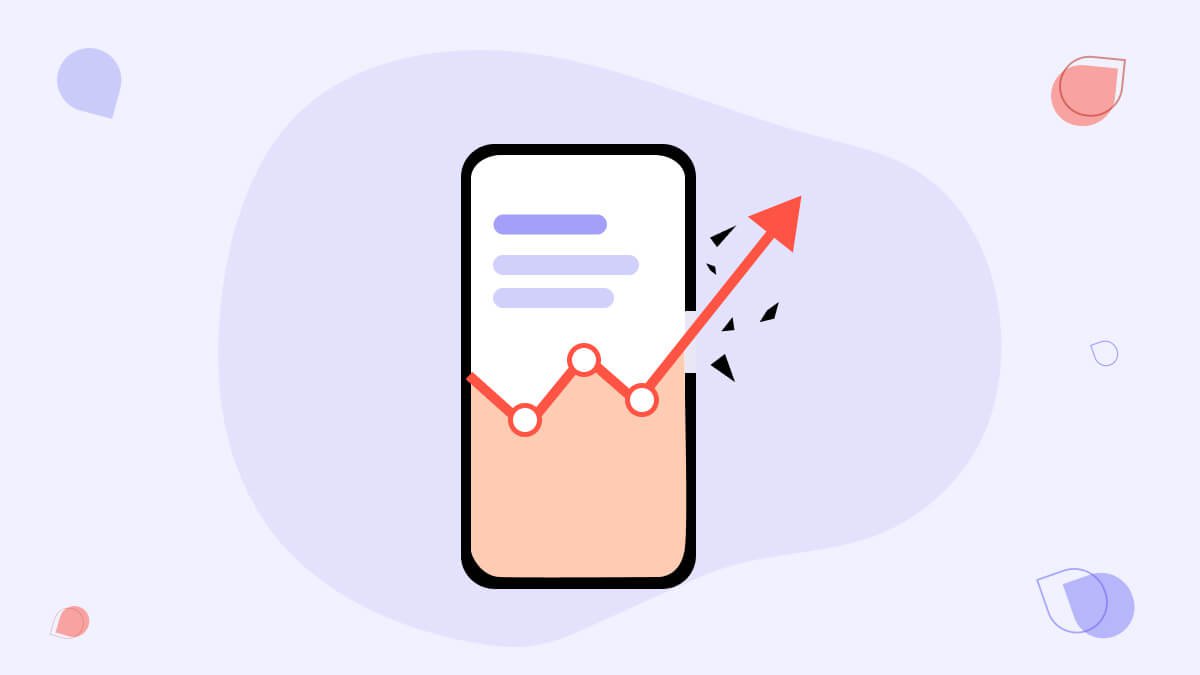
Throwing money at a PPC campaign without proper metrics to follow is a lot like putting coins in an unmonitored vending machine: you know what you're putting, and you know what you're aiming for, but you don't quite know what you'll get out of it.
One of the most important metrics to measure is your conversion rate. It can help you benchmark your expectations and efforts to make sure you set the right goals.
In this post, we break down what a conversion rate is, how to calculate it, and best practices and expert tips to help you improve it.
Let’s dive in.
How do you calculate your PPC conversion rate?
Your PPC Conversion Rate formula is (conversions/number of ad interactions) x 100 = conversion rate.
It’s the percentage of clicks that turn into customers. To calculate it, divide the number of conversions (when someone makes a purchase or completes an action) by the total number of clicks on your ad and then multiply by 100.
For example: if your ad had 600 clicks and 20 conversions, your conversion rate would be 3.3% (20/600*100).
What is a good conversion rate for PPC?
There's no one size fits all and what is "good" depends on the specific PPC channel and industry you're working in. The average conversion rate for PPC is 2.35% (and the average conversion rate for Google Ads is 3.75%).
A good PPC conversion rate should be over 10%, but it’s a ballpark estimate. It depends on the specific campaigns you're running and the audience you're targeting.
Therefore, it's important to keep track of your own conversion rates over time and strive to improve them. As you will see below, every industry has its own goal conversion rate, so benchmark your campaigns against your industry, platform, and data from each advertising campaign.
PPC conversion rates by industry
Although there is no definitive answer for what a good PPC conversion rate is, there are industry averages that can provide ballpark estimates. Below are the average conversion rates for various industries:
Industry average conversion rate
- Agency - 3.3%
- Automotive - 2%
- B2B eCommerce - 3.2%
- B2B Services - 3.5%
- B2B Tech - 1.7%
- B2C eCommerce - 2%
- Cosmetic and Dental - 2.3%
- Financial - 4.3%
- Healthcare - 5.6%
- Industrial - 5.6%
- Legal - 2.6%
- Professional Services - 9.3%
- Real Estate - 1.7%
- Travel - 4.7%
Within B2C eCommerce, you can also find a pretty wide variation in average PPC conversion rates:
eCommerce average conversion rate
- Sports & Recreation - 1.75%
- Arts & Crafts - 3.79%
- Baby & Child - 0.99%
- Cars & Motorcycling - 1.55%
- Electrical & Commercial Equipment - 2.23%
- Fashion Clothing & Accessories - 2.44%
- Food & Drink - 2.37%
- Health & Wellbeing - 3.62%
- Home Accessories & Giftware - 2.16%
- Kitchen & Home Appliances - 2.48%
- Pet Care - 3.28%
Keep in mind that these numbers are just averages and they can change depending on the study and the season (e.g., it's more likely people will buy fitness products in January and food and drinks in December, for example.)
Furthermore, the average conversion rate per industry and niche can vary greatly from country to country. For example, Germany has an average PPC conversion rate of 2.22%, whereas Italy's conversion rate is 0.99%.
Pro tip: not sure how to improve your conversion rates? Talk to one of our top-notch PPC consultants.
Average PPC conversion rates by platform
The PPC platform you choose can have a huge impact on your average conversion rate. What's more, numbers can differ even within the same platform. For example, regular search ads might have a higher conversion rate than discovery ads on the Google Display Network because they allow you to target for commercial search terms - which means users are already in the mindset to make a purchase.
Google Shopping
According to Wordstream, Google Shopping Ads have an average conversion rate of 1.91%. However, this number can change from one industry to another. For instance, the HIVAC and Climate Control industry has an average Google Shopping Ads CVR of 3.30%, while Pet Care stands at a 1.07% CVR on the same platform.
Google Ads
The average conversion rate for Google Ads for most businesses stands between 3.1% and 6% for search network ads and between 0 and 1% for Display Network ads. Of course, these benchmarks can differ based on a lot of factors:
- Keyword bids
- Target audience and target location
- Whether you go with broad match keywords or phrase match keywords
- How well-set your negative keywords list is
- ...And, according to some, even how you rank for organic keywords
Same as in the case of Google Shopping, search network ads and display network ads conversion rate can vary from industry to industry.
For example, according to Wordstream data from 2020, the average CVR for eCommerce on Google AdWords Display campaigns was 0.59%, but the average CVR for the same industry on Search campaigns was 2.81%.
On the other hand, dating & personals have an average Display CVR of 3.34% and an average search CVR of 9.64%. Similarly, consumer services saw a 0.98% CVR on display ads and a 6.64% one on search ads.
Facebook Ads
According to a study by AdEspresso, Facebook Ads conversion rate ranges from 9% to 10%, which is higher than all Google Ads averages. Same as in the case of Google, though, numbers can vary from one industry to another.
For instance, fitness products and services have the highest conversion rate on Facebook, at 14.29%. The technology industry, however, has an average Facebook CVR of 2.31%, and even apparel CVR (4.11%) is much lower than the overall network average.
LinkedIn Ads
LinkedIn Ads are (in)famously known for being expensive, but they can have a good conversion rate if you know how to use them.
According to some studies, LinkedIn Ads can have a conversion rate between 5% and 15%. The variations are so significant primarily because on LinkedIn, businesses are more likely to define "conversions" differently.
For instance, some may consider a PDF download as a conversion, while others may only count it as such when the user signs up for the product or requests a demo call with the sales team.
Amazon Ads
Amazon Ads have an average conversion rate of 9.89%, which makes this platform a very good option for eCommerce business owners.
However, same as in the case of all other platforms, multiple factors go into the "average" number, including competition, campaign time frame, and so on.
Bing Shopping
Bing Shopping can make sense as a PPC network to target, particularly if your audience is likely to use Bing, rather than Google. The average conversion rate on Bing Shopping is 2.94%, with industry variations ranging from 6.81% (in the employment industry) to 1.62% (auto industry), 2.04 (technology), and 1.58% (travel & hospitality).
Instagram, Pinterest, & Twitter
Instagram, Pinterest, and Twitter are all very viable PPC platforms, particularly for certain industries. On average, Instagram has a 1.08% CVR, Pinterest is at 0.54%, and Twitter is at 0.77%.
How to increase your PPC conversion rate
Once you have a goal in mind, it’s time to optimize your campaigns. Here are a few expert tips to help you increase your conversion rates.
1. Segment your audience
The more you segment, the better. Segmenting your audience into groups and creating different ads for each group will help you create more targeted messages tailored to their needs and interests, which can result in more conversions.
Think of it this way: if you have one ad targeting people looking for shoes and another ad targeting people looking for boots, the chances are high that your ads will be more successful if they're shown to the right audiences, right?
2. Adjust your audience targeting
Audience targeting isn't something you set up once and call it a day. You should constantly adjust and tweak your audience targeting to ensure that your ads reach the right people at the right time. You should constantly refine your targeting and make sure it's up to date with industry trends, audience response, and your product.
3. A/B test your copy and creatives
Testing is a great way to ensure that your ads are performing as well as they can be. A/B testing allows you to compare different versions of your ads and see which one is performing better. This way, you can be sure that you're optimizing for the best possible result.
4. Align your ad and landing page copy
A conversion rate optimization pro would tell you that you need to have the same messaging throughout your site and landing pages, otherwise you’re going to confuse your user. The same is true in advertising.
First of all, you want to provide your potential customers with the best user experience possible. Imagine you clicked on an ad that sells organic Amalfi lemon fragrance and ended up on an ad selling rubber boots. You wouldn't like it, right? Neither would your target customer.
Second, aligning your landing page is also essential for your Quality Score. Google takes this into account when determining where your ad shows up in the search results and how much you pay for it. Hence, it's important to ensure your ad copy and landing page are contextually relevant.
5. Use remarketing
Remarketing campaigns allow you to reach out to your website visitors who didn't convert and give them another chance. With remarketing, you can target people who already visited your website and have shown interest in your product. This increases the chance of conversion and helps you reach out to more potential customers.
Use remarketing to:
- Target people that use different devices (web, tablet, and mobile devices)
- Target users across search engines and different advertising platforms
- Return users back to your checkout with an enticing email offer
6. Try different types of ads
Different types of ads can work differently. Try various ad formats and platforms to find which works best for your business. Display ads, social media ads, search ads, and even video ads – explore them all to see which one performs better.
The bad news - it’s a full-time job. The good news - we’ve got experts that could help you optimize your PPC ad budgets, A/B test copy and creatives, and increase your overall performance. Check out our list of the top PPC experts to hire.
Top 9 tools to boost your PPC conversion rates
There are a lot of PPC tools you can use to both make your work easier and reach a better conversion rate. Here are some of the best ones:
1. SimilarWeb
SimilarWeb is a great tool for researching your competitors and understanding their traffic sources. Although this isn't a PPC-specific tool, it can still help you understand the market and competition better, which can be valuable for optimizing your PPC campaigns.
2. Ahrefs
Again, Ahrefs is not a PPC-specific tool, but their Site Explorer PPC Keywords feature allows you to spy on your competitors. You can use it to find out what keywords they're targeting, which ads they're running, and even get insights into their ad copy.
3. Google Analytics
Google Analytics is a must-have for every PPC professional. Although many other (not free) tools can be used, Google Analytics remains one of the single most popular and powerful tools for monitoring, tracking, and optimizing your campaigns.
4. AdEspresso
AdEspresso is a split testing and optimization platform for Facebook, Instagram, and Google Ads. The tool can also help you automate some parts of your PPC efforts, so you can focus on more complex tasks.
5. Optmyzr
Optmyzr is a suite of tools that you can use to automate and optimize your PPC campaigns. It also allows you to monitor your PPC campaigns and create in-depth reports easily, so you can see what's working and what isn't.
6. iSpionage
iSpionage is a PPC intelligence tool that allows you to spy on your competitors. You can use it to see what keywords they're targeting, which ads they're running, and even get insights into their ad copy.
7. AdStage
AdStage helps you manage, analyze, and report on your PPC campaigns across multiple networks. It also has a feature that allows you to compare different ad platforms, so you can find out which one works better for your campaigns.
8. Native analytics tools (Google, Bing, Facebook)
Native analytics tools shouldn't be dismissed: they can be powerful when used correctly. Google Ads, Bing Ads, and Facebook Ads have their own analytics tools that allow you to get detailed insights into the performance of your campaigns, straight from the source.
You will more than likely need some extra tools to support you with better-quality data and help you optimize your PPC campaigns, but native analytics tools are still very helpful.
Takeaways
PPC conversion rates can change according to a multitude of factors, so it's important to have a solid marketing strategy in place before you decide to pursue any pay-per-click advertising channel (or any marketing channel, for that matter).
Keep in mind, industry and network benchmarks can help you figure out where you are and where you want to be. But they can't dictate your search, display, or social campaigns, nor can they tell you what advertising strategy is best for you.
Looking for someone to help you build a comprehensive and efficient PPC strategy? Check out our list of the top PPC agencies and consultants. Here at Mayple, we have over 600+ vetted experts with proven experience in a variety of niches. Find the perfect paid advertising agency for your project.
FAQs
What is a good conversion rate for PPC?
A good conversion rate for PPC campaigns varies depending on the industry, product, and market. Generally, a conversion rate of 10 is considered good for a PPC campaign (as the average conversion rate lies at 2.35%).
What is a PPC conversion?
A PPC conversion occurs once a user is targeted with a pay-per-click ad and they perform the desired action (sign up for a newsletter, download an asset, sign up for a free trial, sign up for a paid product, etc.)
Is a conversion rate of 2% good?
Whether or not a conversion rate of 2% is good depends on your industry and chosen PPC platform. The average PPC conversion rate across industries and platforms is 2.35%. Still, some industries have an average much higher than that (e.g., healthcare stands at approximately 4.7%, professional services at 9.3%, and Financial at 4.3%).
How to calculate PPC
To calculate your PPC, you should first set up some metrics to follow. Your click-through rate (CTR) and conversion rate (CVR) are among the most important metrics to consider. The CTR is calculated by dividing the number of clicks by the total number of impressions. The conversion rate is calculated by dividing the number of conversions by the total number of clicks.
How do you calculate PPC conversions?
To calculate PPC conversions, you should look into your conversion rate, the number of conversions divided by the number of clicks. A higher conversion rate means that more users who were exposed to your ad act on it and completed the desired action.
How to increase conversion rate in PPC?
Some ways to increase your conversion rate in PPC include A/B testing, creating more compelling ad copies, optimizing your landing pages, and targeting the right audiences. Additionally, you should use comprehensive analytics tools to help you determine what’s working and what isn’t.
What is a decent conversion rate?
A decent conversion rate depends a lot on your industry and the PPC platform you choose. For instance, the average conversion rate in automotive is 2%, but the average conversion rate in professional services is 9.3%.
Is a 3.5% conversion rate good?
Whether a 3.5% conversion rate is good depends on your industry and chosen ad network/ platform. Across industries and ad networks, PPC has an average conversion rate of 2.35%. However, some industries have a lower conversion rate (e.g., automotive), while others have a higher conversion rate (e.g., professional services).
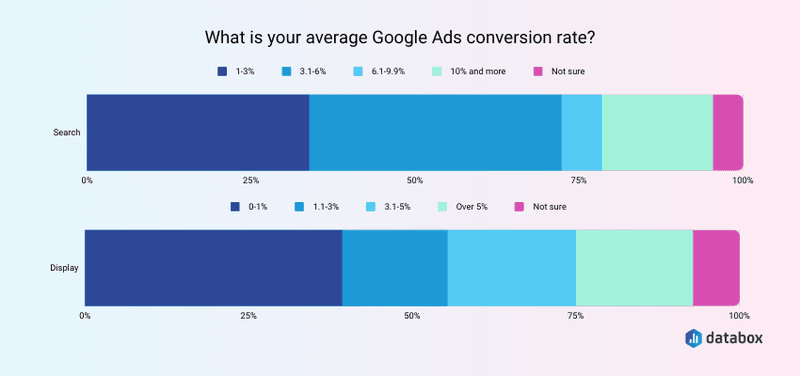
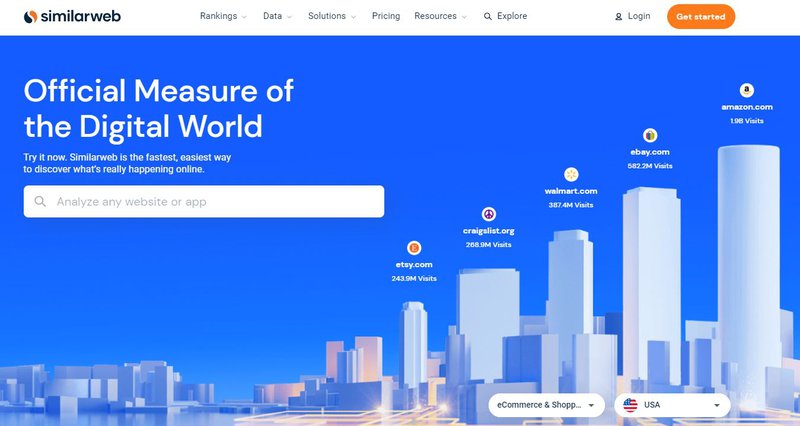
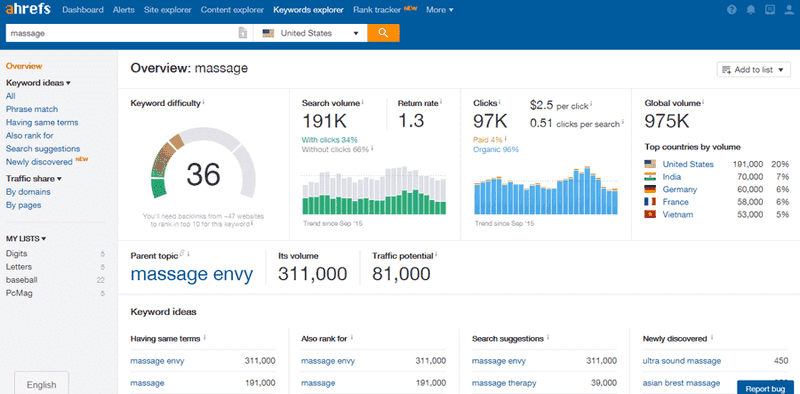
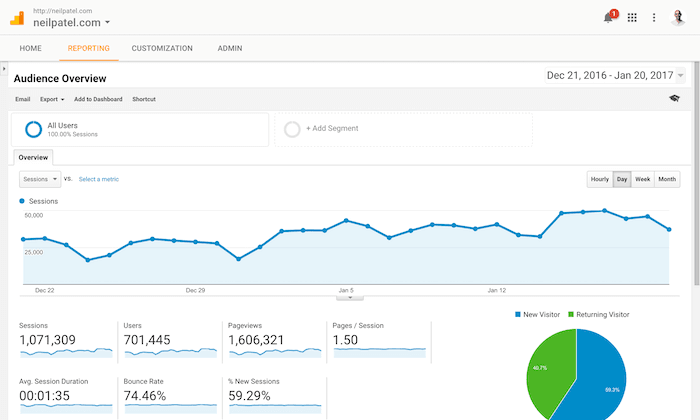
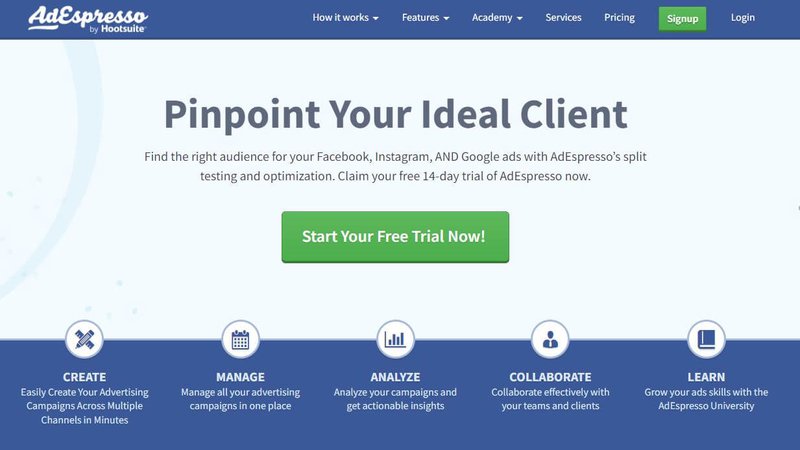
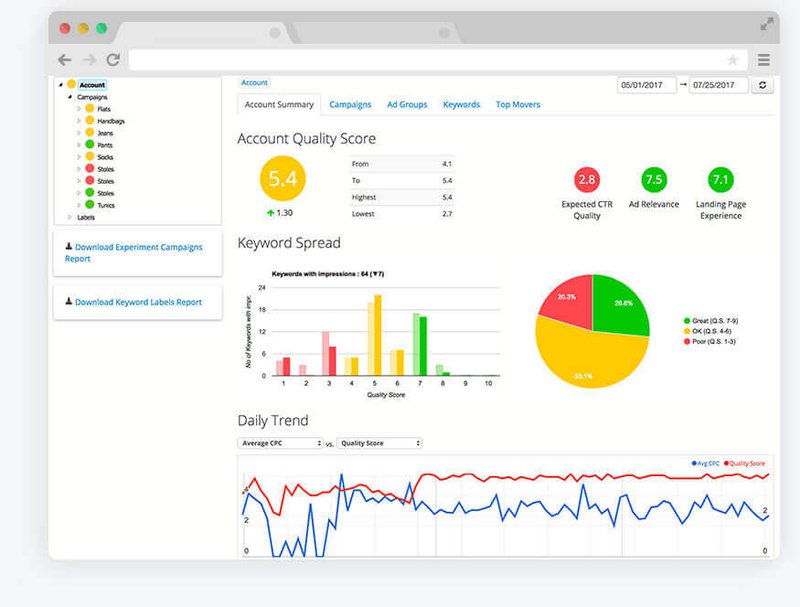
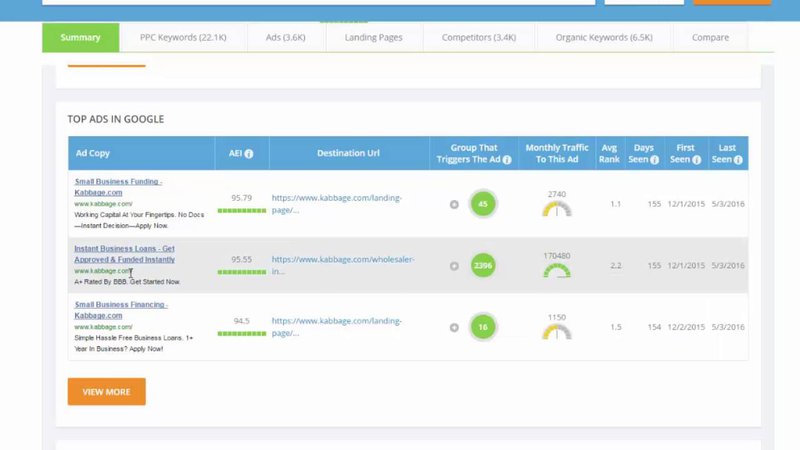

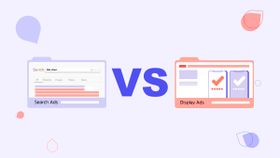


![7 Master Tips to Create an Effective Paid Advertising Strategy From Scratch [{year}]](https://entail.mayple.com/en-assets/mayple/fit-in/280x280/60d9d9acf06560118c6c2593_timvanderkuipCPs2X8JYmS8unsplash3871x2177_45de7bb95b83fbc5bbfcb6734dabcec4_2000-1699777195900.jpg)
